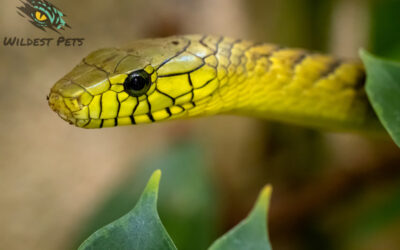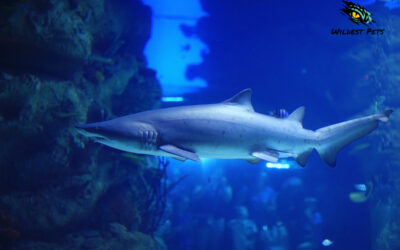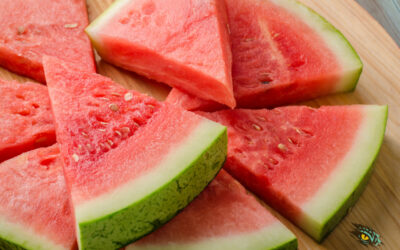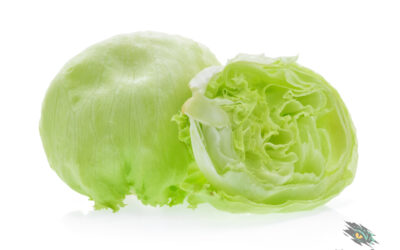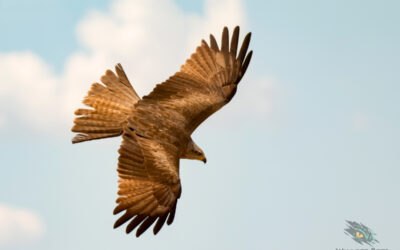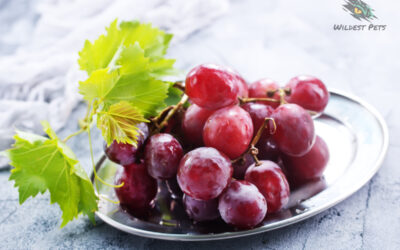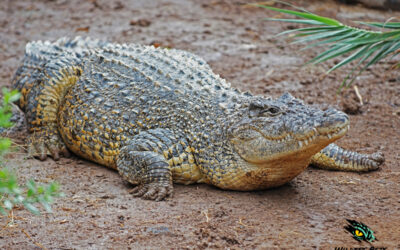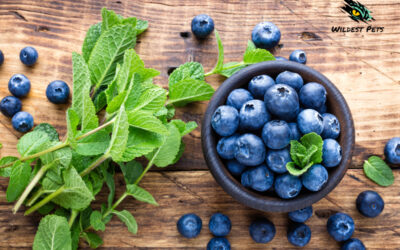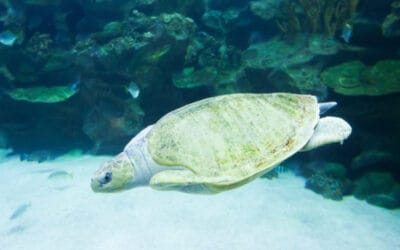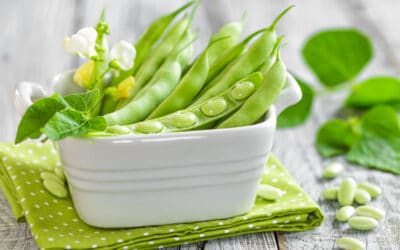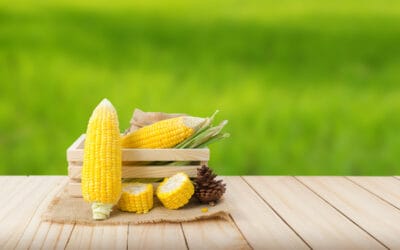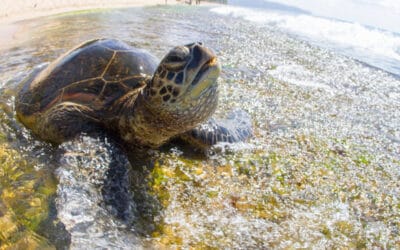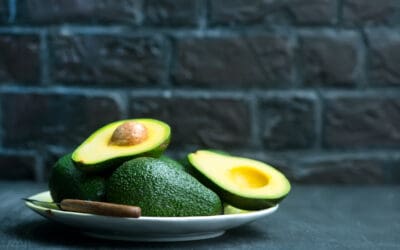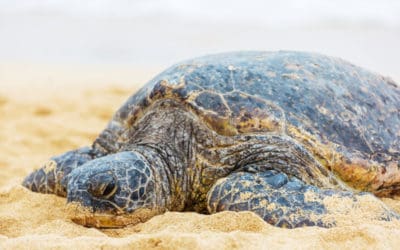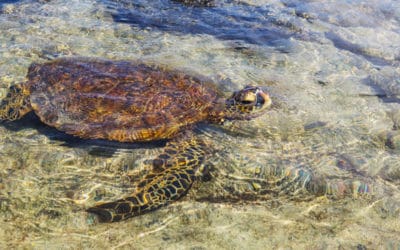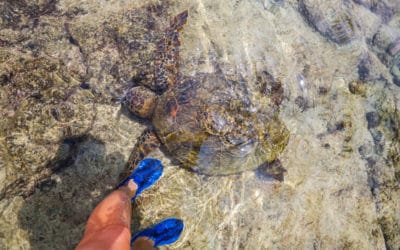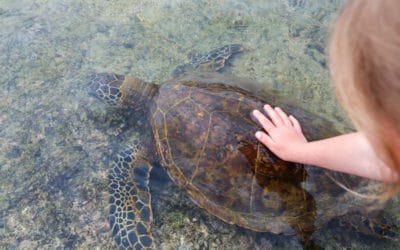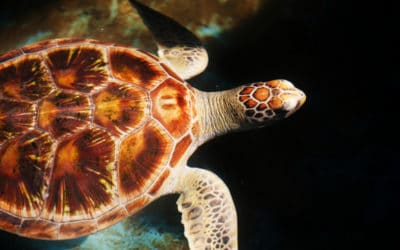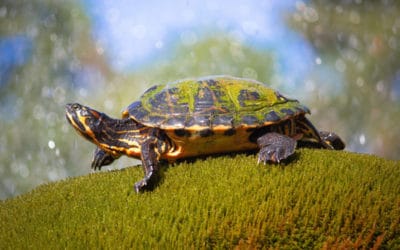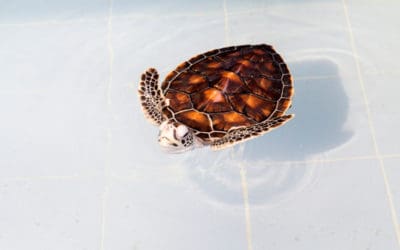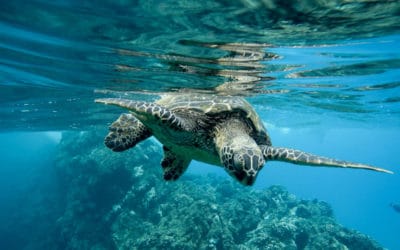Can turtles eat pumpkin? See whether they can eat that fruit!
Some fruits (https://wildestpets.com/can-turtles-eat-grapes/)and vegetables (did you know that turtles can eat celery?) are a perfect addition to our turtle’s diet. However, we can’t expect that every single piece of food that we, humans, enjoy will work as beneficial to the turtle’s body as in the case of our own. One of such examples is a pumpkin. This fruit is definitely of great nutritional value to people, especially for those who struggle with obesity, troubles with the immune system and heart illnesses.
But what about a turtle? Is it as beneficial to these reptiles as it is to people? Well, to be honest, yes. At least to some degree turtles can eat pumpkins and it will surely be a very attractive diversification of their everyday’s diet. However, there are some crucial things we have to take into account before feeding a pumpkin to our turtle. And this is why this article will surely help you out.
To make sure that you all know the right dosage of pumpkins and what you should do and shouldn’t do while feeding it to your pet, I prepared today’s text. I am aware of difficulties some people may have as far as enriching the turtle’s diet to make it more interesting and diverse. To make sure you don’t make a mistake and harm your pet in the process, I have prepared several tips in this subject matter.
What is the squad of a pumpkin?
So, as I already stated, turtles can eat pumpkin. It does not harm them and, because of its low-fat nutritional values, this is not going to cause any troubles with obesity. However, we have to remember that feeding this fruit to your turtle should happen only occasionally. You see, there are not many nutrients essential for turtles right there. What is more, if we do not look at the right calcium to phosphorus ratio, we can cause some serious troubles to our turtle.
To show the numbers of selected ingredients in a simpler way, let’s assume that we are talking about a 100g serving of pumpkin. In such a serving, there is approximately 94g of water, which is a good sign. It helps your turtles stay hydrated and makes it much easier to accumulate water in their organism ->check it out!=> wildestpets.com/how-to-make-tap-water-safe-for-turtles/ . Besides that, there is also protein (0.72g per 100g of product), fiber (1.1g) as well as calcium and phosphorus.
Besides that, there are some vitamins, including Vitamin C, Vitamin B-6, and Vitamin A. Interestingly, pumpkin is also the source of carotene/beta and selenium. On paper, it looks like a good, rather balanced nutritional addition to your turtle’s diet, right? Well, to some extent it is true. However, there are some downsides and things we have to take into account before adding pumpkin to every meal our reptile receives.
What are the disadvantages of eating that fruit?
Inappropriate calcium to phosphorus ratio
Calcium is probably one of the most important minerals out there for your turtle. You see, the appropriate amount of calcium helps in keeping the bones in the right shape. It is simply essential for the proper development of a turtle. The right calcium to phosphorus ratio for your turtle is 2:1. It means that for every 1g of phosphorus, we should provide a turtle with 2 grams of calcium. Sadly, in the case of pumpkins, it is exactly the opposite.
There is only 15 mg of calcium per 100g of pumpkin serving. As far as phosphorus is concerned, there is twice as much – 30 mg. It means that the pumpkin provides us with a 1:2 ratio – which is contrary to what we wish to receive. Phosphorus excess is extremely dangerous to our turtles not only because of its own characteristics, but also how it influences calcium absorption into the turtle’s body. It prevents most of the absorption, meaning that your pet is in danger of getting a metabolic bone disease.
High in sugar
Another important thing to remember is sugar. Too large intake of it may result in a series of serious health issues. Not many people realize but one of the most common diseases that pet turtles need to face is diabetes. Just like humans, sugar excess may cause increased chances of contracting diabetes. The chances are even higher if your reptile lacks glucose in the blood. Sugar content in pumpkins is quite high, especially if we take into account its nutritional values. As a result of that, limiting pumpkins as nutritional additives is a good thing to do.
What are the pros of feeding pumpkin to your turtle?
Vitamins
Vitamin A and Vitamin C is surely a very important set for the turtle. However, there is more to it. You see, it also guarantees Vitamin B-6. The best thing about it is that the amounts of these vitamins are considerable. That is why feeding pumpkin from time to time doesn’t sound like a bad idea, especially if we do it with the smaller servings.
Fiber
Another positive thing about this fruit (check if turtles ca eat blueberries here) is the high value of fiber. Similarly to human beings’ organisms, fiber improves the digestion processes in the turtle’s body. Because of fiber, your pet will be able to empty their bowels in a much easier way. Obviously, too large fiber intake may cause diarrhea and that is, obviously, not recommended. This is why once again I encourage to use pumpkin as an occasional snack – especially in smaller amounts.
Fiber is of utmost importance for baby turtles, so if you were to pick the best time for a pumpkin to appear in a turtle’s dietary plan, think about the juvenile years (or months) of your turtle.
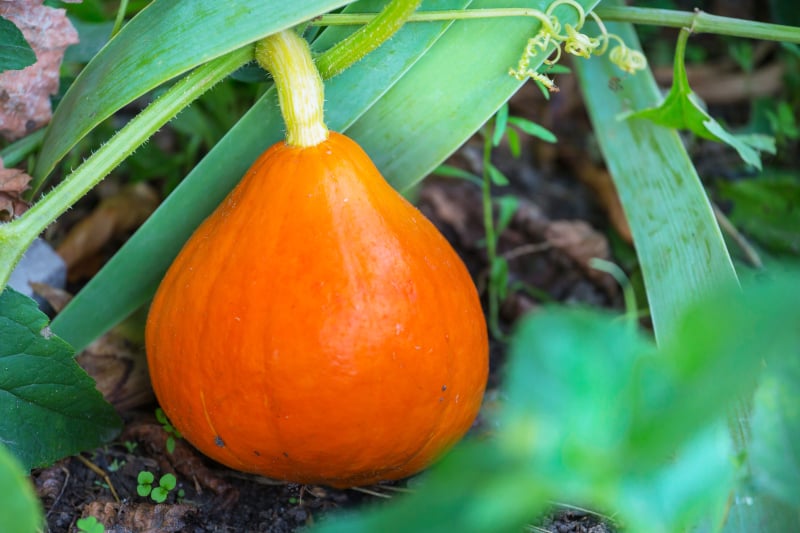
Here is what to do and what to avoid while feeding it to your pet!
Avoid seeds and other extras
Seeds, rinds, or stems are not great for your turtle. If the fruit itself has pros and cons, then those extras are definitely bad. As a result, if you are to feed a pumpkin to your pet, make sure it is without seeds, rinds, and stems.
Don’t overdo
There is no need for pumpkins to become a frequent and constant addition to your turtle’s diet. A much better idea is to treat it as a temporary source of vitamins and fiber. Still, remember about the problems pumpkins can cause.
Have a look at the article >> Can turtles eat watermelon? <<
Now you know if turtles can eat pumpkin!
If provided in moderate amounts, pumpkins are great additions to your turtle’s diet. Remember that even if turtles can eat pumpkin, they should not do that in larger amounts. Nor should we give it too often, because the inappropriate calcium to phosphorus ratio may be a big trouble for your turtle’s health.
Submit your review | |

